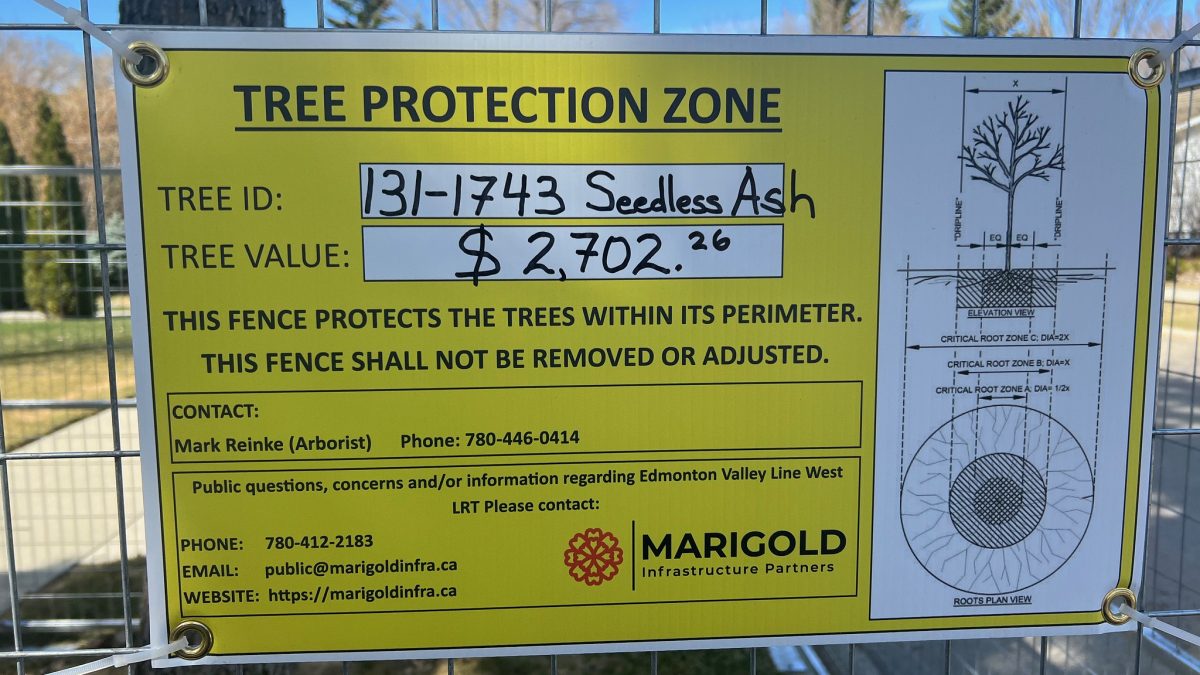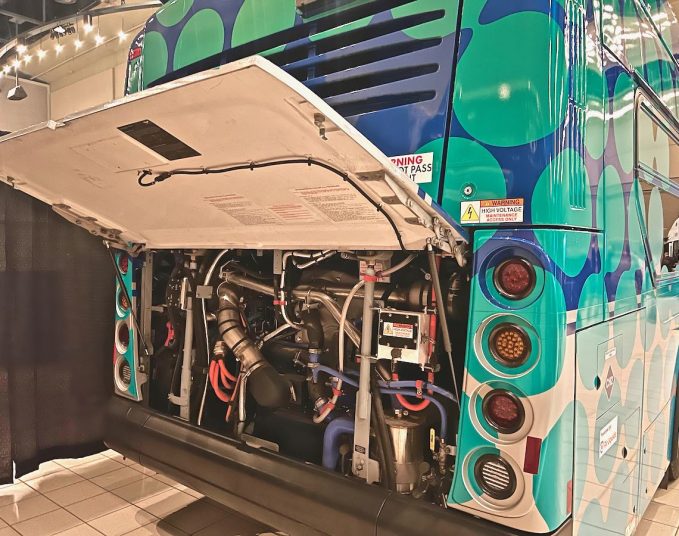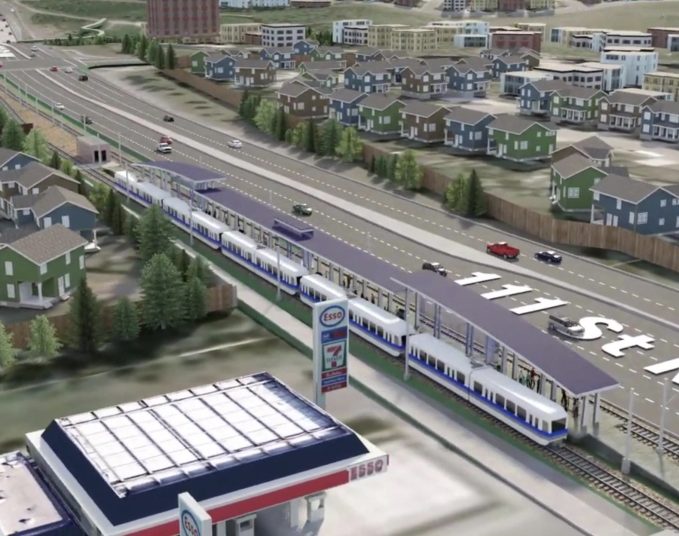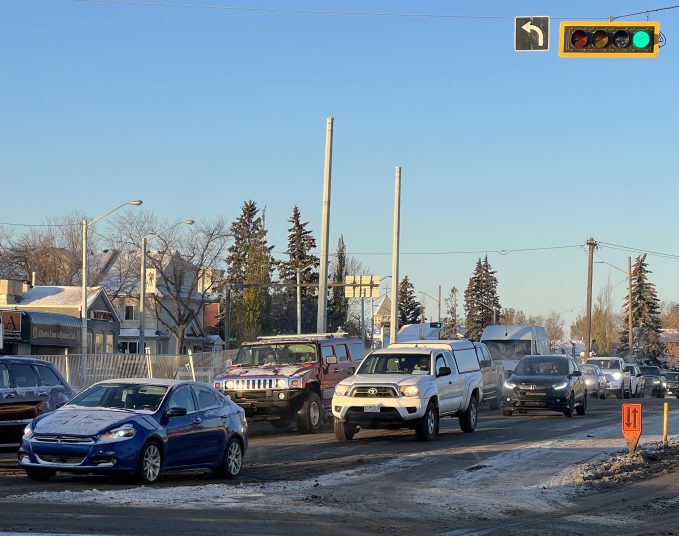“How do you measure its worth?” Burl Ives sang in the 1964 film Rudolph the Red-Nosed Reindeer. His character, Sam the Snowman, was crooning about silver and gold. “Just by the pleasure it gives here on Earth,” he crooned.
Sam could have similarly philosophized about another natural resource that abounds in the old stop-motion classic Christmas special, albeit a renewable one: Trees.
Some might consider trees – especially those tall, majestic and old – to be priceless, far beyond the value of precious metals.
But according to the City of Edmonton, they’d be wrong.
City-owned trees are valued down to the last cent, as illustrated on the bright yellow “Tree Protection Zone” signs along stretches of Stony Plain Road closed during LRT construction. Fenced-off trees stand on both sides of the arterial road and even along some side streets.
The American elms have among the highest price tags. One near 132nd Street and 104th Avenue is valued at $24,793.35. Three others are valued between $14,000 and $21,000.
One nearby ash is tagged at $4,520.08, another at $2,702.26. A scraggly spruce is $2,288.06.
The City values trees using the Guide for Plant Appraisal, published by the International Society of Arboriculture. The formula considers size, condition and growing limitation.
It posts the value “to demonstrate to both the public and anyone working around the tree that trees are valuable assets.”
A November 2022 City blog post says: “The project agreement for the Valley Line West states that a fence goes up around a tree designated as protected or preserved if it is within 20 metres of construction.” The blog says additional penalties could be added to the posted value of the tree if a contractor damages it.
It hints at further, unmeasurable worth, saying the asset value doesn’t capture the range of “ecological benefits” trees provide, such as trapping carbon dioxide, producing oxygen, managing stormwater, providing shade, beauty and homes for animals.
Jacqueline Butler, City of Edmonton’s Projects Forestry Leader, said in an email that both the City and Marigold Infrastructure Partners – the construction consortium responsible for the Valley Line West project – “understand mature trees are important and have been part of the community for many years.”
She says the City’s agreement with Marigold includes penalties for tree damage.
Interestingly, the blog differentiates between preserved trees that can’t be removed and protected trees that “should remain, if at all possible.”
“The majority of the trees that are fenced are not scheduled for removal, but there’s no guarantee they won’t be removed,” says Jennifer Sheehan, communications manager with Marigold. She said fencing is a visual barrier to stop trees from being damaged when crews work in the area.
“It could be determined that some of those trees may have to be removed to accommodate construction. But the majority of those trees are protected or preserved, and they will stay where they are,” she added.
The City blog post concedes LRT construction will put pressure on trees.
“Construction itself and the vehicles needed for construction will impact trees,” it reads. “Some existing underground utilities must be relocated, and that means the root systems of some trees will no longer have healthy room to support a tree.”
The City blog cites turning lanes, driver sight lines, crosswalks and pedestrian ramps also compete with trees and their root systems for real estate.
It adds that 300 trees on City property are being removed in the “current phase of tree removal” on the Valley Line West LRT route along Stony Plain Road/104 Avenue between 121st Street and 139th Street.
Butler says the City is balancing the impacts of mass transit construction on trees through its commitment to expanding Edmonton’s urban tree canopy. The City Plan pledges that two million new trees will be added to Edmonton by 2050.
Savvy AF. Blunt AF. Edmonton AF.




